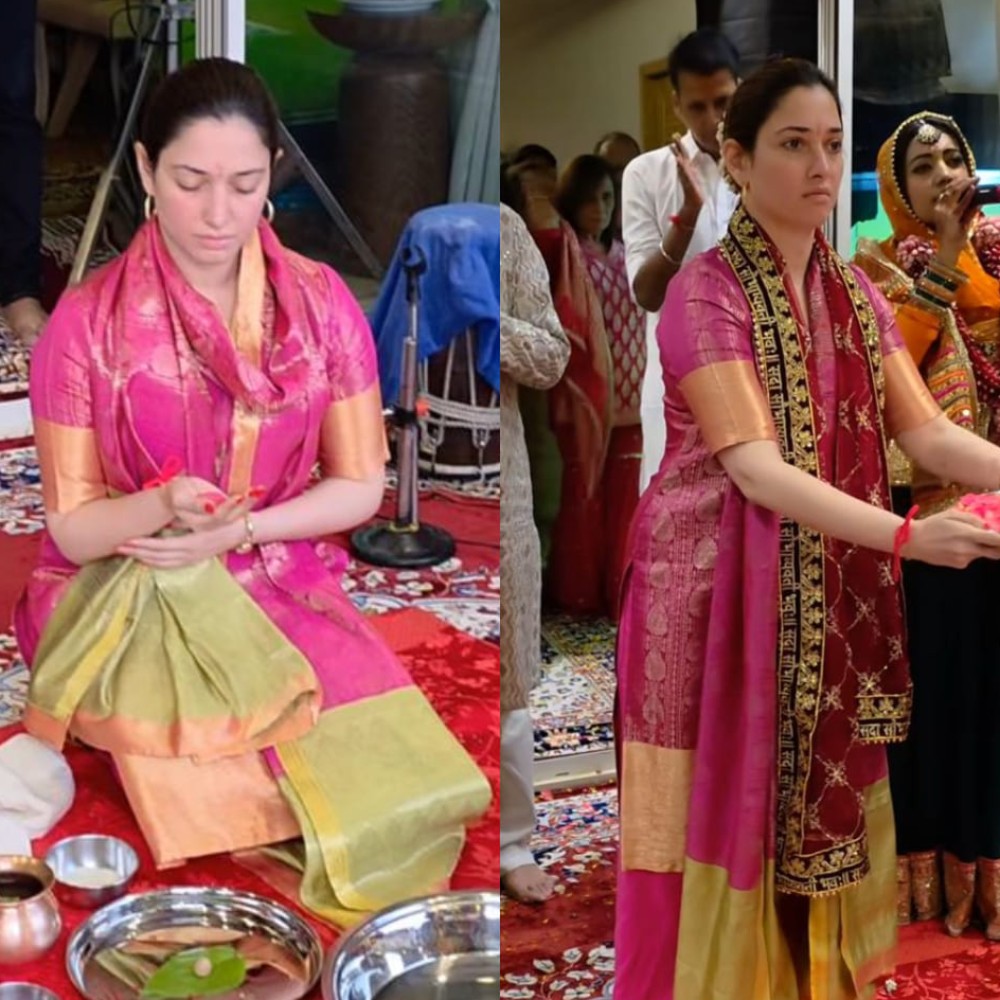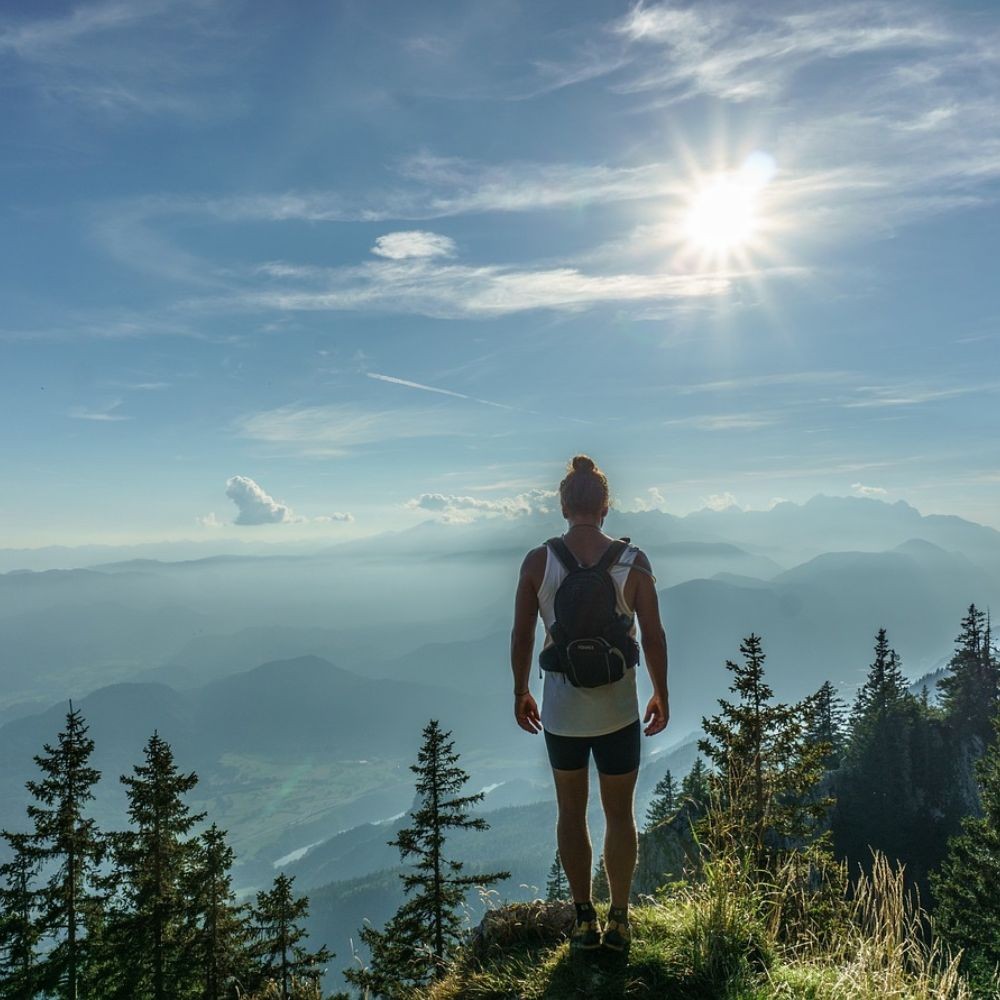Benefits of Savasana: Practicing Stillness for Greater Vitality
As you practice the simplest, yet perhaps the most challenging of yoga poses, you will begin to realize the vast benefits of Savasana for your mind, body, and spirit.
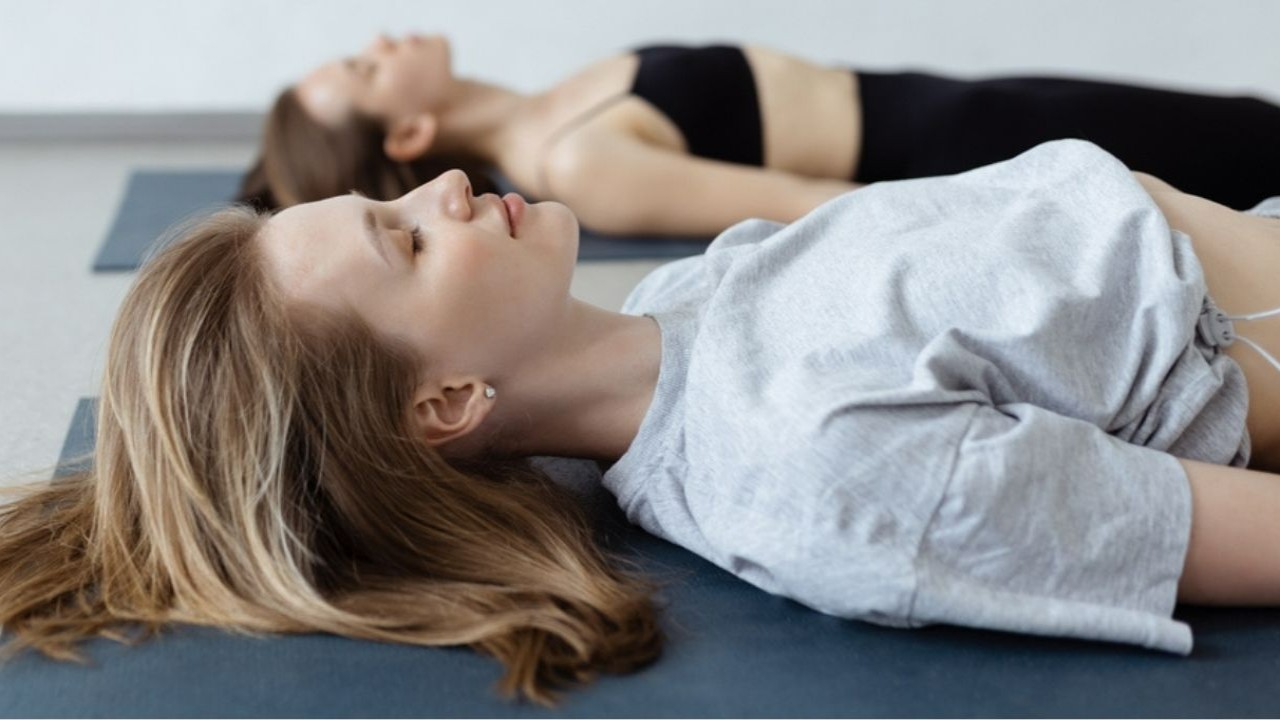
Lying on the floor and doing nothing for a specified duration of time either sounds like the perfect activity or an excruciating ordeal — what it doesn’t sound like is a yoga pose, but that’s exactly (well, almost) what Savasana or the Corpse Pose involves! The final resting pose at the end of a yoga session may appear to be an unnecessary waste of time during yoga class, but nothing could be further from the truth. The benefits of Savasana are multifold, affecting the physical, emotional, and spiritual deeply, despite its apparent simplicity.
Simplicity, of course, is a loosely used term here as many will find Corpse Pose to be an extremely challenging pose, including those who do their splits and bends as picture-perfectly as possible. “Some of the common hindrances (in practicing the corpse pose) could be caused by the mind. Thoughts regarding daily life could pop up which could lead to distractions and restlessness. Moreover, you might have bodily discomforts for example your body may feel unsettled, cold, hot, sweaty, and itchy which could cause distractions. Also, choosing the wrong mat or posture could come in the way of effective relaxation,” says our expert reviewer Dr. Samar Hafeez.
According to Bayu Prihandito, Founder of Life Architekture, Certified Psychology Expert & Life Coach, "Although the Corpse pose is a relaxation pose, it can be difficult because of the diversions the body can create. Your body may experience chilly, itchiness, or unease. Relaxing your body is harder than it looks.”
And therein lies the challenges, and therefore, the treasures of Savasana — it’s a perfect physical practice in the art of relaxation, one muscle and one thought at a time.
What Is Savasana: A Brief Overview of Corpse Pose
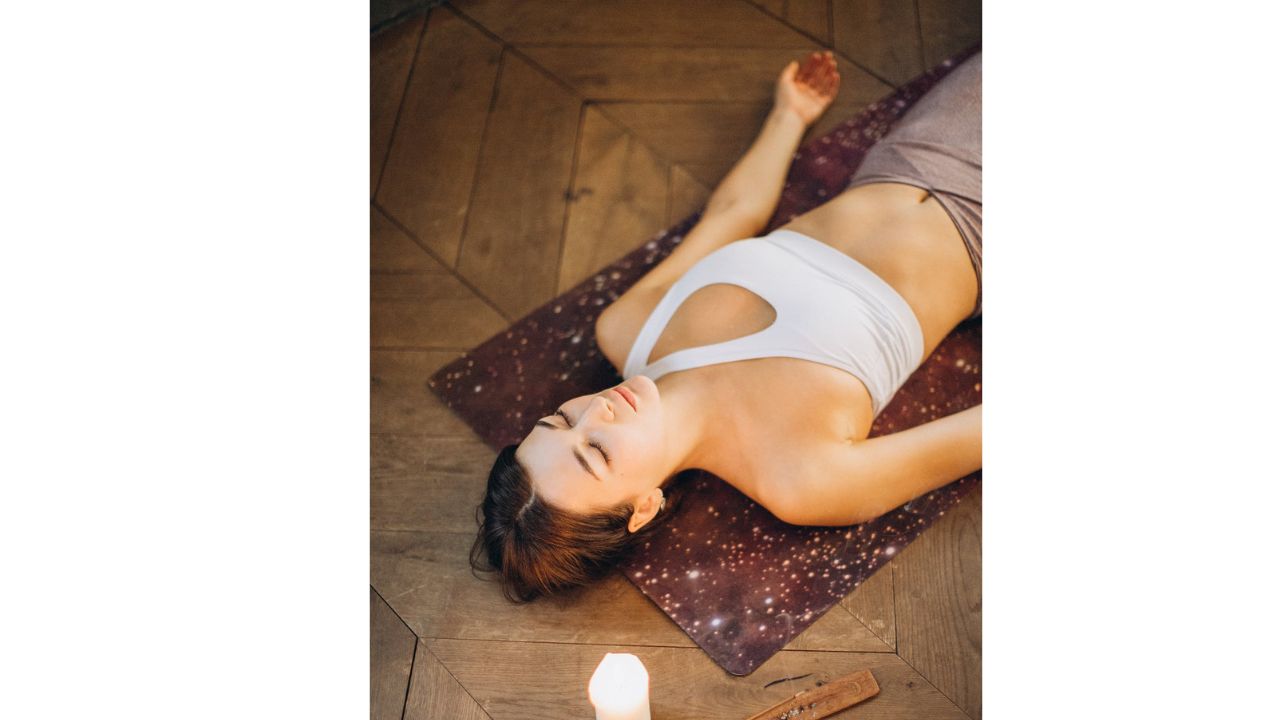
Savasana, derived from the words sava, meaning corpse (dead body), and asana, meaning pose, is a restorative pose in hatha yoga for deep relaxation of the body and mind. Also known as the Death Pose, its purpose is to help attain the stance of a dead body— the letting go of all physical tensions, emotional burdens, and thoughts.
Corpse Pose can be considered the equivalent of 'cool down' in aerobics and is an essential pose after asana practice to relax the muscles, cool down the body, bring back focus on the breath, attain a sense of calm, and reach a state of neutrality.
Speaking of cooling down, our contributor Joanne Highland, a certified yoga and barre fitness teacher, says, “Cooling down after active exercise is crucial to gradually slow your heart rate and lower your body temperature, preventing muscle stiffness and enhancing recovery. Easy twists, forward folds, and supine poses can assist with this process.”
While Corpse Pose is most commonly practiced to end a yoga session, many practitioners include Savasana between two active poses and sometimes even at the initiation of a session, the latter being less common.
Savasana is performed supine — lying on the back on the mat — with the arms on the side, legs stretched wide, and eyes closed. The rest is all gravity’s work, as you can simply give in and sink deep into the pose, scanning your muscles for tension and releasing them as you let your breath ground you deeper into yourself. The pose is usually held between 5-10 minutes but can be held for up to 20 minutes. The main idea is to lean into active and conscious relaxation, which has numerous mental and physical benefits, from assimilation of the preceding active yoga poses to improved sleep and mood. Let’s take a deeper look into the benefits of Savasana for the body, mind, and soul.
5 Benefits of Savasana to Carry with You Long After Your Yoga Session
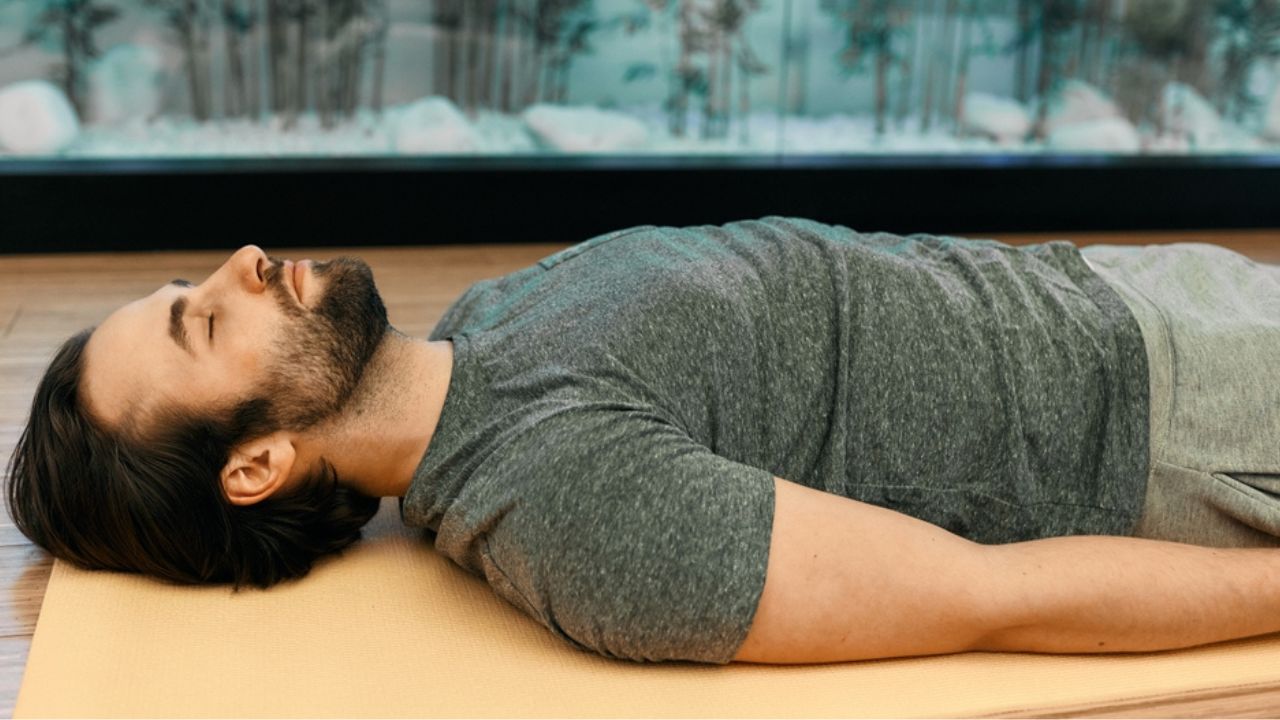
Appearing simple and easy, yet complex and challenging, Savasana can open the doors to health and wellbeing, and the ever-elusive inner peace. Here are some ways morphing into a corpse during Savasana can benefit you:
1. Helps De-stress After Active Excercise
While active exercise — asanas, in the context of yoga sessions — activate the nervous system, stimulating and warming up the body and putting necessary and healthy stress, Savasana helps downregulate and reach a state of relaxation before one moves on from the mat and into their daily hustle.
Essentially, it helps stimulate your parasympathetic nervous system which focuses on rest and digest response, and relaxes your sympathetic nervous system which focuses on fight, flight, and freeze response. Studies suggest that practicing Savasana for 10 minutes can reduce the body’s response to induced stress significantly (1).
2. Boosts Cardiovascular Health
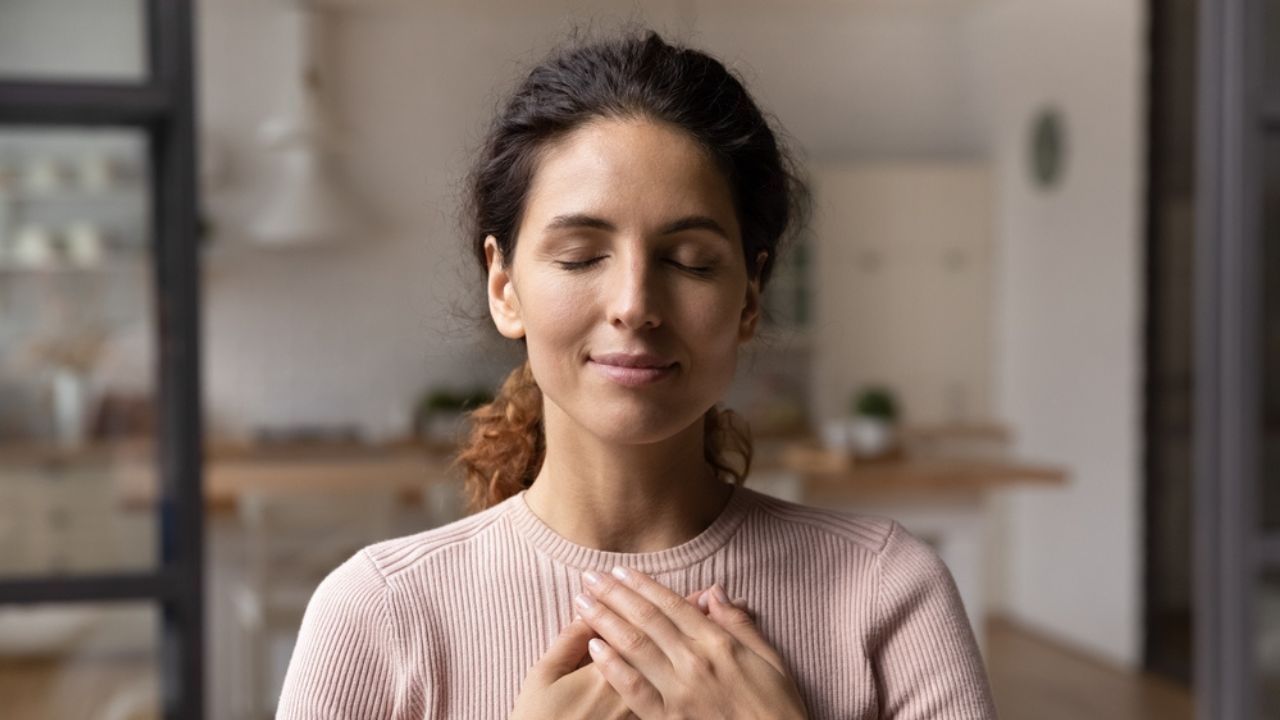
Hypertension, or high blood pressure, is linked with a myriad of health complications, including cardiovascular diseases and increased risk of stroke and heart failure (2). According to research, Savasana can lower blood pressure significantly, both immediately after a session and after one month of regular practice (3).
Maintaining healthy blood pressure levels can boost cardiovascular health and reduce the risk of cardiovascular diseases (4).
3. Helps Lower And Manage Anxiety
There are various yoga poses for anxiety relief and savasana may be considered one of them. Practicing Savasana has been found to increase levels of GABA (gamma-aminobutyric acid), a chemical in the brain that works as a neurotransmitter and helps regulate nerve activity. In those with anxiety disorders, GABA activity is usually low (5). Practicing Savasana not only helps boost GABA levels in the brain but also produces endorphins, another feel-good hormone (6). The cumulative effect results in reduced anxiety levels and improved mood.
4. Reduces Tension Headaches
Corpse Pose or Savasana practice has been studied to improve symptoms of headaches, especially those that have psychosomatic origins (7). In simpler words, headaches that originate in emotional pain, stress, or tension, may be relieved with regular practice of Savasana. In essence, laying on the ground in a relaxed state of body and mind helps increase interoception (body awareness), which in turn helps mitigate symptoms of migraine or headaches, as per research (6), (8).
5. Improves Quality of Sleep

Yoga Nidra, of which, the primary step is Savasana, can significantly improve insomnia and other sleep disorders, according to various studies (9). Savasana helps relax the mind and sink into the body with the help of both gravity and reduced distractions of sensations, movement, and thoughts. Regular practice can help you learn how to relax into a deep sleep state. As insomnia and poor quality sleep are linked with reduced physical and mental health, the ability of Savasana practice to boost sleep quality is considered one of its most important benefits.
Besides the more obvious and scientifically studied benefits of Savasana, there are myriad positive effects that it imparts, such as building up resilience, helping to keep up an exercise regime through the incentive of experiencing deep rest and relaxation at the end of it, and increased awareness of self and surroundings through the lens of a calm and at-ease mind.
All of these benefits sound incredible for a yoga pose that involves lying on the floor and relaxing. So, let’s get into how to do Corpse Pose.
How to Do Savasana: Detailed Steps
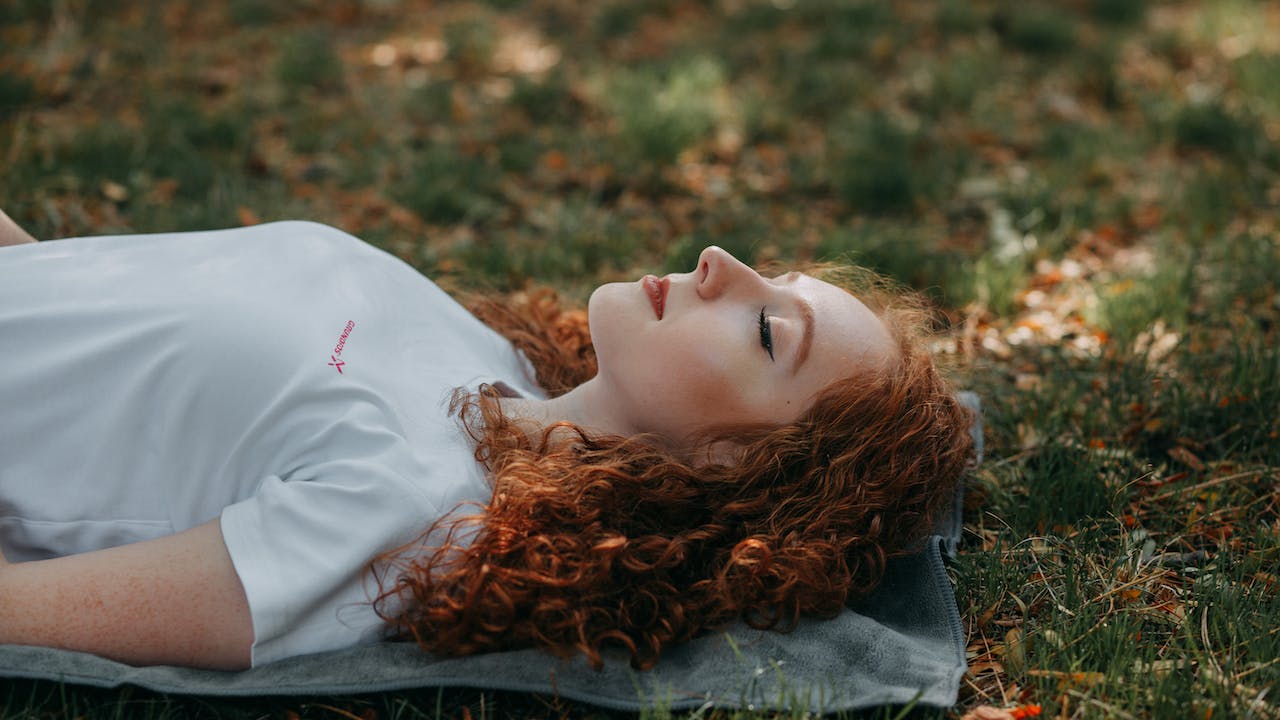
Samar Hafeez, our expert says, “Choose a comfortable mat and a position, and make sure to perform it on a flat surface. Furthermore, keep sensory distractions and noises away and keep the room comfortably cool. If you are feeling uncomfortable while lying, then use pillows and rolled blankets to support your head, neck, and lower back. Avoid moving your body unnecessarily, and try not to fall asleep during this practice. Instead, observe how calm and relaxed your body feels,” suggests Hafeez while doing savasana.”
To practice Savasana:
- Gently lie down on your mat or the ground, resting flat on your back.
- Keep your spine straight and your shoulders relaxed.
- Place your arms on each side of your body (leaving a gap of approximately 15 cm from the body on each side) with the palms facing upward.
- Position your feet slightly widely, so that they are not touching each other and you are comfortable.
- Check that your head and spine are fully aligned in a straight line.
- Relax your face, jaws, tongue, and other parts of your body that are tight or in discomfort.
- Allow your body to feel heavy with the pull of gravity and sink into relaxation.
- Close your eyes. You are now in Corpse Pose
- Stay in the pose without moving for 5-10 minutes.
- To exit, exhale, gently roll onto your side, and sit up.
The physical movements (or lack of movements after a point) in Savasana are simple. The 5-10 minutes of being in such stillness may seem challenging initially, but as you follow your breath and practice the art of simply letting go of the need to be doing something or thinking something all the time, it will get easier to enjoy and relax utterly and completely.
Our contributor Anna Passalacqua, a certified yoga therapist, and yoga teacher, says, “Savasana, or Corpse Pose, combines physical and mental relaxation to great effect. As you concentrate on how the different parts of your body feel, you can calm your mind and let go of negative or distracting thoughts, allowing yourself to relax. Slow, deep breathing also has a calming effect.”
Bayu Prihandito says, “When practicing Savasana, one needs to keep these fundamentals in mind: lie comfortably with your arms by your sides and your palms facing up; release tension by giving your entire body to the earth; breathe spontaneously and let the silence to heal your body and mind.”
Here are some helpful tips for your Savasana practice.
Helpful Tips for Practicing Corpse Pose
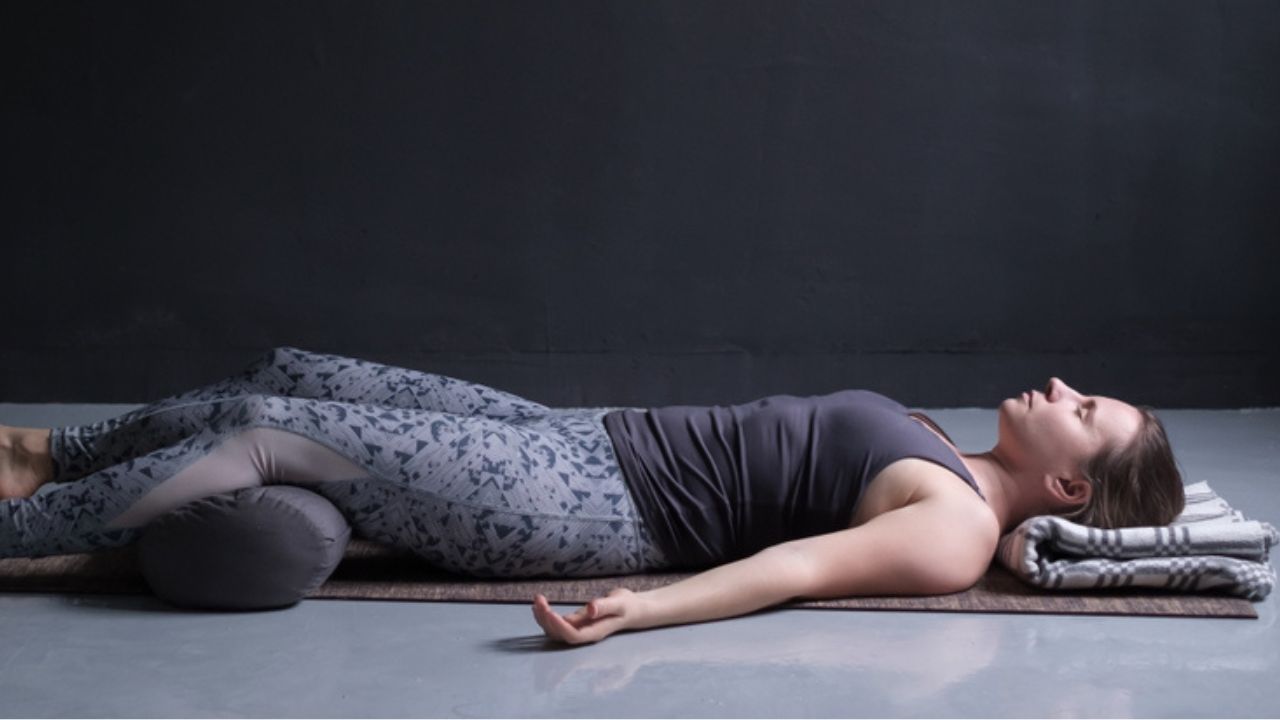
The primary thing is to be completely comfortable, at least physically, as you hold your Corpse Pose. Since you cannot (or rather, should not) move once you are in Savasana, it is best to set yourself up for comfort and ease, which you can do with these tips:
- Remove sensory input such as strong light, or noise if you find it hard to calm down and unwind. It may help to have a sleep mask to cover the eyes or earbuds with noise cancellation.
- If you find it difficult to sink into the pose physically, you may like the feeling of placing a block or a pillow on your lower belly.
- A cushion placed under your neck and head may help you align more comfortably and rest your neck muscles.
- Place a block or pillow beneath your knees for extra lower back support if needed.
Corpse Pose is ideal for both beginners and seasoned yogis alike. However, there are some conditions under which it is better to avoid Corpse Pose.
Risks And Precautions to Consider Before Practicing Savasana
While Corpse Pose can be modified to accommodate a wide variety of individuals with specific needs, some situations warrant the need for greater caution, such as:
- Hyperacidity or acid reflux
- Pregnancy
- Recent history of abdominal surgery
- Injuries or severe back pain
- Extreme trauma, severe depression, or distress
- Cold and allergies
- Severe respiratory conditions
Comfort in stillness is the crux of Corpse Pose and all the benefits of Savasana from the practice of letting go of the restlessness of the body and mind. Being in Corpse Pose is akin to being in a state of deep restorative sleep — just conscious and awake and not snoozing! From reduced physical and mental stress to improved sleep and heart health, Savasana has lots to offer. Taking time for a 10-minute session at the end of your active yoga practice to pause and practice stillness can transform the way you meet yourself and the world, for the better.
Contributor: Joanne Highland, Certified yoga and barre fitness teacher
Anna Passalacqua, Certified yoga therapist, Co-Founder and Teacher - Breathing Deeply Yoga Therapy
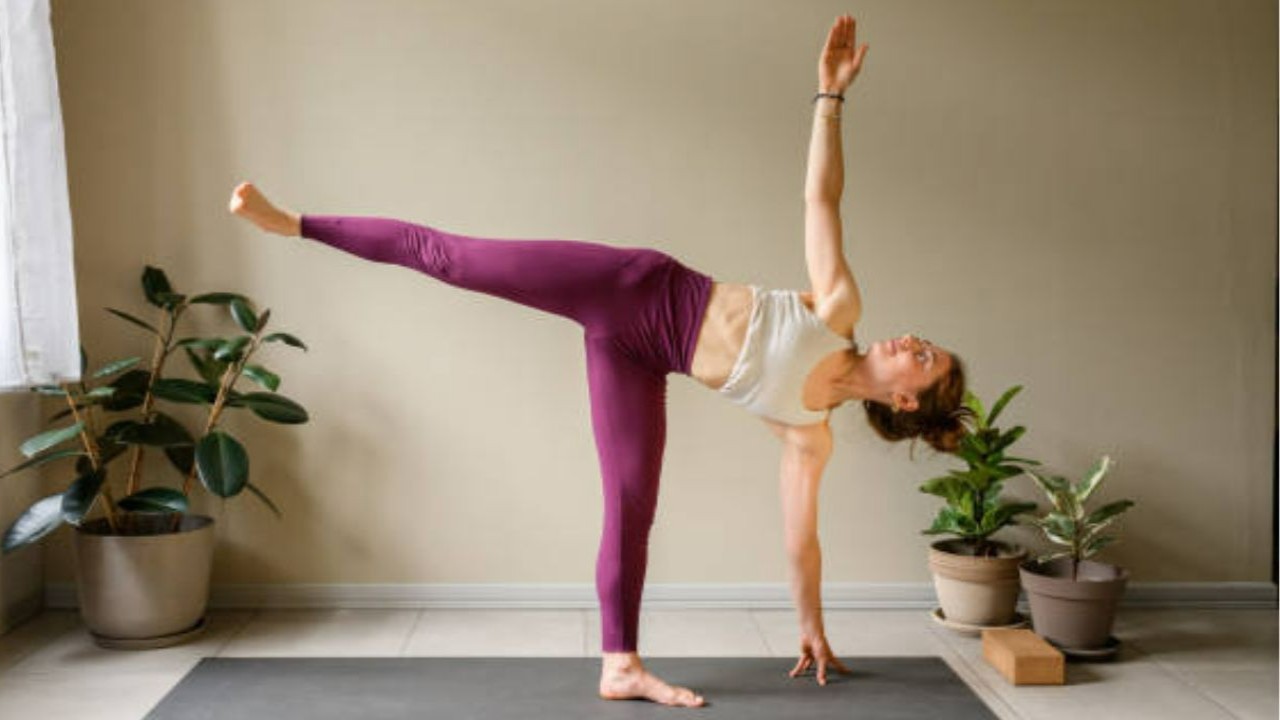
Half Moon Pose: Mastering the Art of Balancing And Stretching





 JOIN OUR WHATSAPP CHANNEL
JOIN OUR WHATSAPP CHANNEL
























